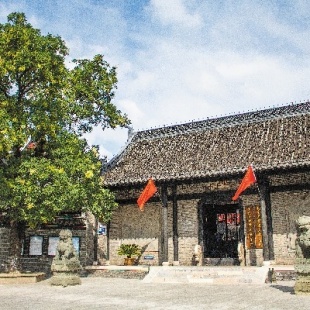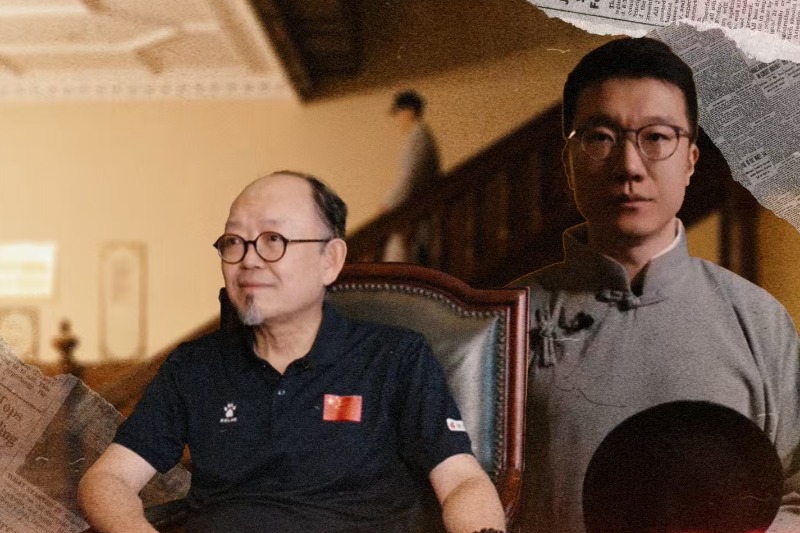A force to be reckoned with
New Fourth Army Memorial Hall in Jiangsu pays heartfelt tribute to the martyrs of war of resistance with tales of heroic deeds as it takes the stories on the road, Yang Feiyue reports.


This marked the New Fourth Army's transition into an independent, self-sufficient force responsible for anti-Japanese operations behind enemy lines in Central China.
Over the course of the war, it fought more than 24,600 battles, eliminating over 470,000 Japanese and puppet troops.
From an initial 10,000 soldiers, the force grew to 210,000 regular troops, 97,000 local militiamen, and nearly a million civilian self-defense fighters. More than 80,000 soldiers died in the struggle.
"It vividly illustrated the New Fourth Army's pivotal role," Qiu says.
Amid relentless attacks from Japanese puppet forces and severe shortages, the New Fourth Army joined forces with Song Naide, head of Funing county anti-Japanese democratic government, to protect the coast. Mobilizing over 20,000 laborers, they built the seawall with their bare hands — a literal bulwark of flesh and blood against the raging tides.
The people of Yancheng, grateful for this lifesaving project, carved their appreciation into the white marble stele now displayed in the memorial hall.
"This stele stands today as an enduring physical proof of the CPC and New Fourth Army's unwavering commitment to serving the people," Qiu says.
The stele is among more than 18,000 artifacts at the New Fourth Army Memorial Hall, each silently narrating the heroic deeds of this legendary revolutionary force.
The memorial hall houses a special exhibit featuring a grayish-white silk cheongsam, along with a silver ring set with the portrait of a martyr. They once belonged to Wang Haiwen, a drama student, who joined the resistance under the influence of her patriotic family.





































